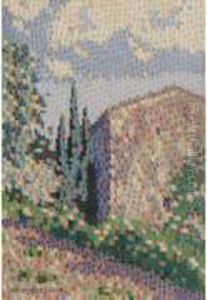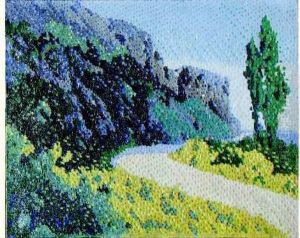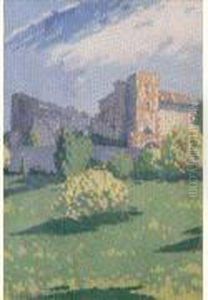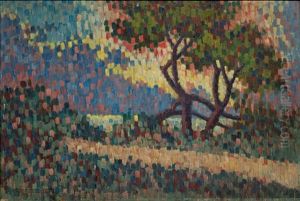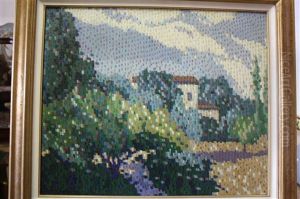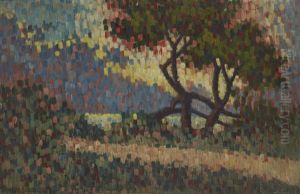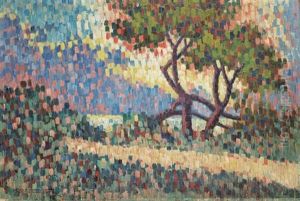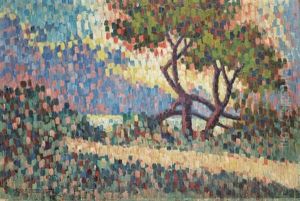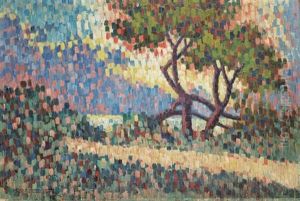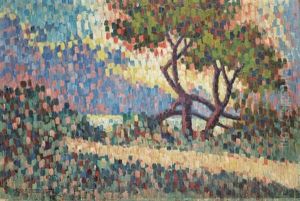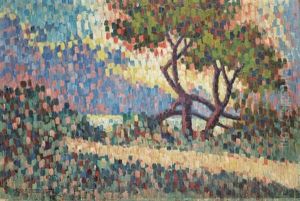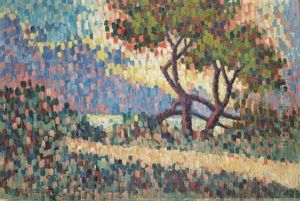Maurice Mazellier Paintings
Maurice Mazellier was a French sculptor whose work spans the first half of the 20th century, embodying the artistic transitions from Art Nouveau to more modernist expressions. Born in the French town of Valence in 1889, Mazellier's early life was steeped in the rich cultural heritage of France, which undoubtedly influenced his later works. He embarked on his artistic journey at a young age, showing a profound interest in sculpture and the possibilities of form and expression through three-dimensional media.
Mazellier's education in art took him to Paris, where he studied under notable sculptors of the time. His style evolved over the years, initially reflecting the intricate and ornate qualities of Art Nouveau. However, as the 20th century progressed, his work began to embrace the cleaner lines and more abstract forms associated with Art Deco and modernist movements. Despite these stylistic evolutions, his sculptures often retained a classical elegance, marrying traditional techniques with contemporary aesthetics.
Throughout his career, Mazellier participated in numerous exhibitions, including the prestigious Salon des Artistes Français, where he gained considerable recognition. His public commissions and monuments further established his reputation, contributing to the cultural landscape of France with works that often commemorated historical figures or events.
Mazellier's contributions to sculpture were not only in his finished works but also in his approach to the medium. He experimented with various materials, including bronze, stone, and wood, demonstrating versatility and a deep understanding of how materials can influence the perception and impact of sculpture. His ability to capture emotion and movement in static forms was particularly admired, making his pieces resonate with viewers on a profound level.
Maurice Mazellier passed away in 1959, leaving behind a legacy that continues to be celebrated for its artistic merit and historical significance. His sculptures, which can be found in museums, galleries, and public spaces, serve as lasting testaments to his skill, creativity, and vision. Mazellier's work remains an important part of the dialogue on French sculpture and its evolution throughout the 20th century, showcasing the enduring allure and relevance of sculptural art.
